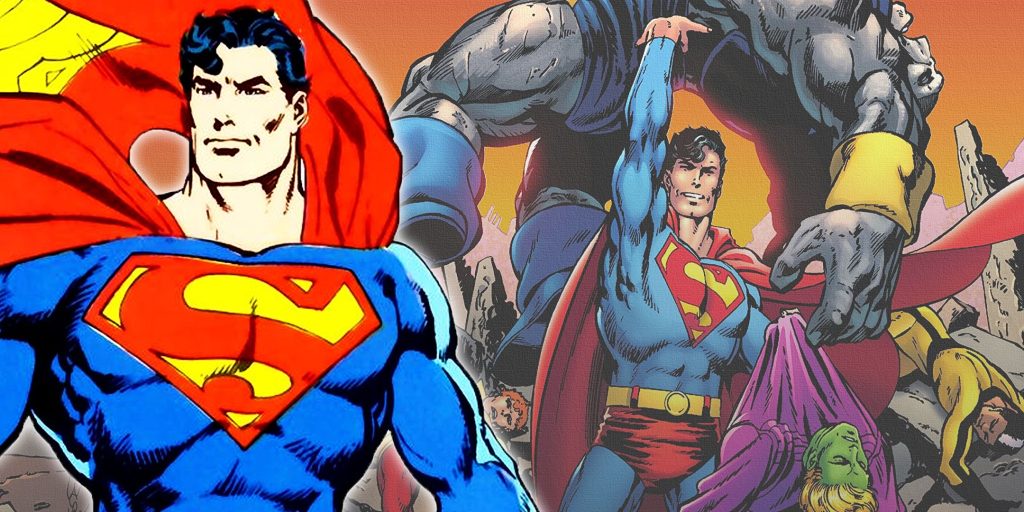The Post-Crisis era of DC is considered one of the best periods for the company. Many years of convoluted history had been streamlined into a new, promising universe, now helmed by all-new creative teams that redefined DC for the better.
John Byrne’s run on Superman was revolutionary at the time, certainly different from everything that came before. But in recent years, his time on the Man of Steel has gotten a fairly negative reappraisal—many fans have concluded that his reboot for Superman was less than adequate and negatively impacted the character for years afterward.
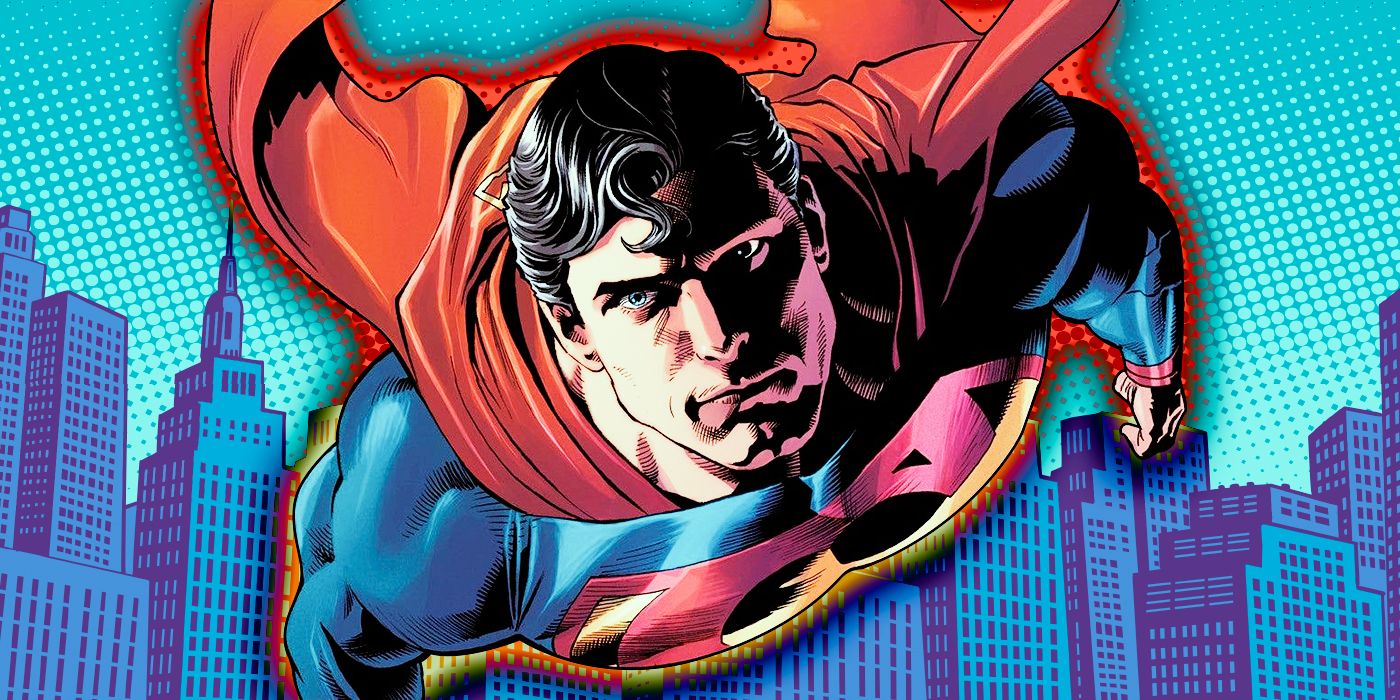
Related
The 25 Greatest Superman Comic Storylines, Ranked
With so many Superman comics, all kinds of amazing stories have been told — revealing Superman’s greatest qualities along the way.
10
Two Fan-Favorite DC Franchises Were Kneecapped
Supergirl and the Legion of Superheroes were impacted for the worse after being separated from Superman
Superman is an icon within DC, but an icon rarely stands alone. They need an engaging supporting cast, and in superhero comics, a supporting cast tends to be made up of both civilians and superheroic characters. Byrne kept the former intact, even if their characterizations weren’t all there, but the latter drastically suffered. Two major pillars of Superman’s world were Supergirl and the Legion of Superheroes.
So important were these characters that they spun off into their own franchises and retained popular series for hundreds of issues across many issues. However, Post-Crisis was not particularly interested in either, which culminated in the disaster that resulted in the reboot of both franchises without Superman’s involvement. The Legion could manage on their own. However, the absence of Superboy made their ranks feel incredibly hollow. And while Supergirl in the Post-Crisis era wasn’t the fault of Byrne, editorial mandated she wasn’t to be from Krypton to emphasize Superman’s status as the planet’s last survivor, leading to the needlessly convoluted Linda Danvers “Matrix” version of Supergirl.
9
The Modern Bizarro Became A Mess
Bizarro’s history would become all too convoluted after being cast to the wayside in Man of Steel
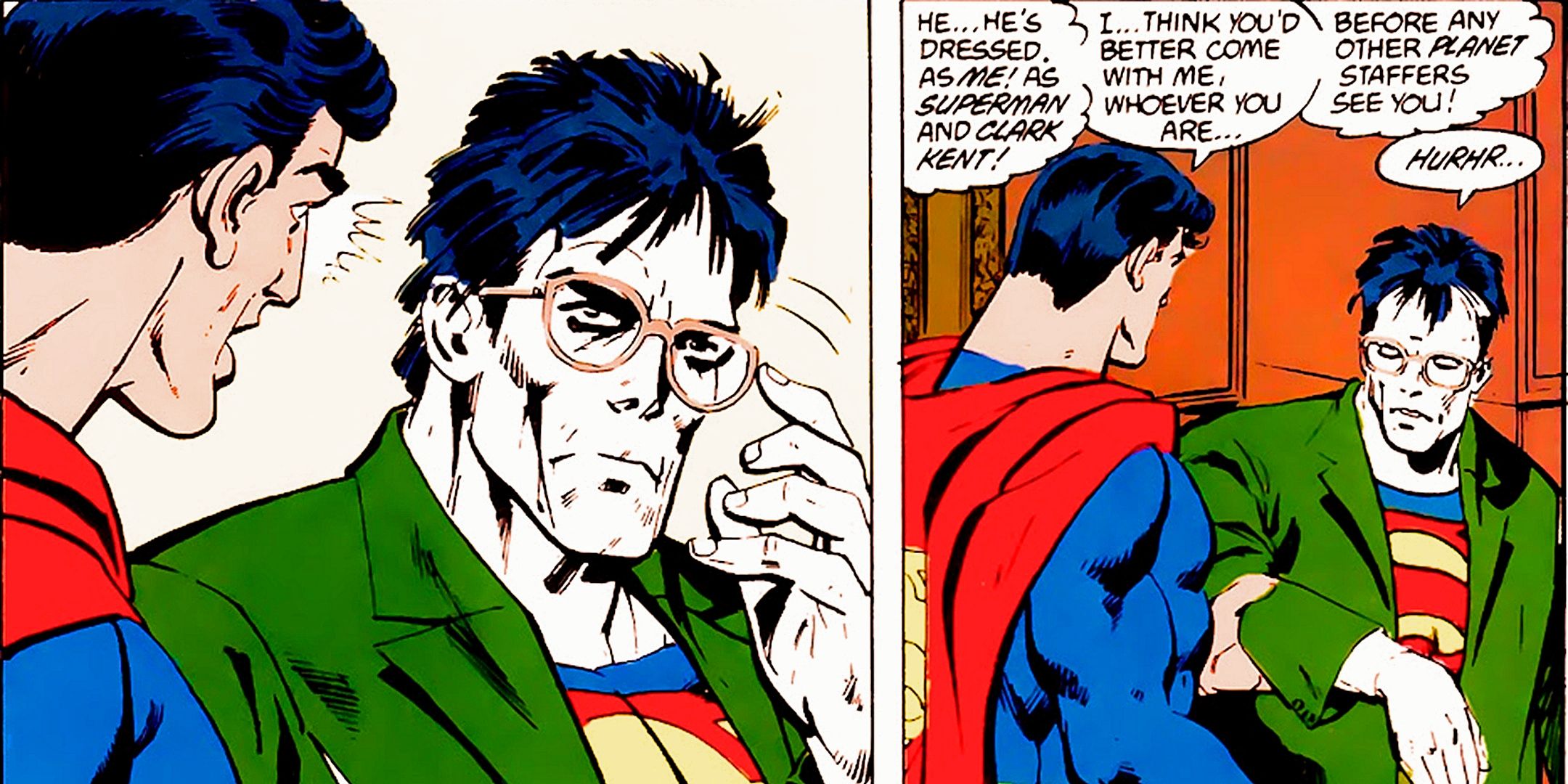
The Post-Crisis era was DC’s attempt at streamlining decades of lore that had become convoluted to appeal to readers new and old. Many initiatives to relaunch classic characters succeeded in this approach and have become classic jumping-on points for a reason. But Superman stumbled in this regard, especially with the iconic villain Bizarro. One would anticipate Bizarro being a fairly easy villain to modernize, keeping adaptations like his Superman: The Animated Series counterpart in mind.
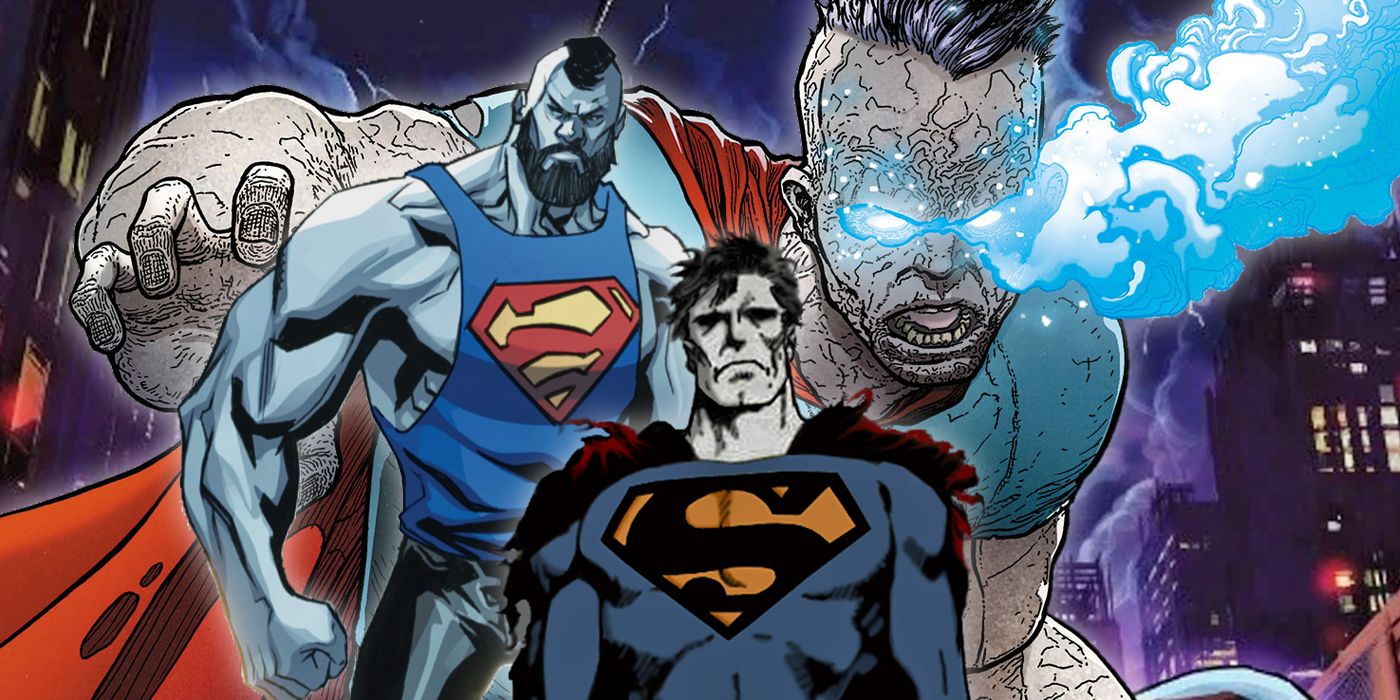
Related
Every Version Of Bizarro That Has Appeared In Superman Comics, Ranked
Writer Jason Aaron’s reimagined take on Bizarro is threatening Superman in Action Comics, though it’s not the first time fans met a dark new variant.
Fans have even speculated about Bizarro being in the upcoming DCU Superman film. But he was introduced and killed in the span of one issue in John Byrne’s Man of Steel miniseries to further a strange subplot of Lois Lane’s sister being cured of her blindness. This quick disregard for the villain cut him out of Superman’s rogue’s gallery for years. It led to the convoluted introduction of many new Bizarros over the years— something that seems antithetical to the point of the Crisis reboot.
8
Man Of Steel Was Not All That Well-Written
Man of Steel was an uninteresting story that didn’t compare to Batman: Year One and Wonder Woman: Gods and Mortals
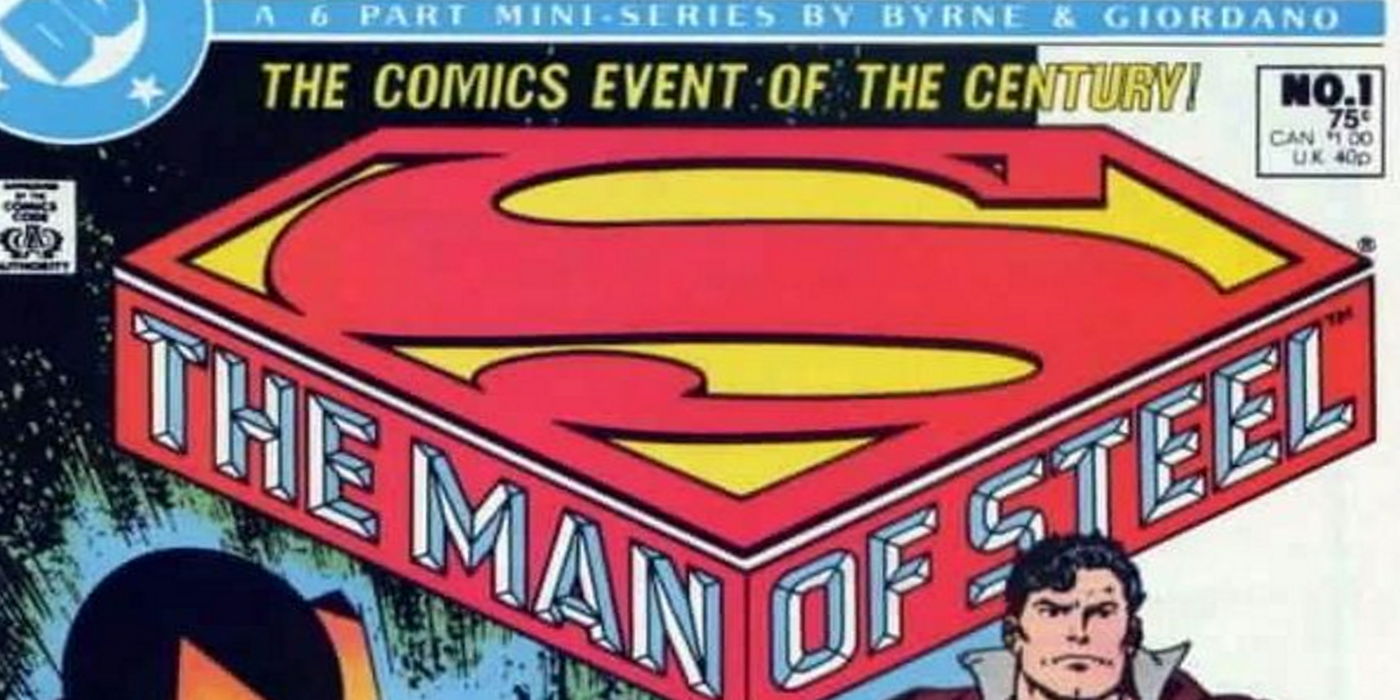
For good reason, fans hold Post-Crisis reboots like Batman: Year One and Wonder Woman: Gods and Mortals on high pedestals. They’re beautifully written and illustrated comics that push the stories of their main characters in exciting new directions—while remembering their core traits—in what were gold-standard reinventions of beloved icons. When it came to Superman: The Man of Steel, however? Not so much.
Byrne’s art is solid, as expected, but his writing during this period leaves much to be desired. Man of Steel in particular suffers. Its priorities aren’t necessarily to convey a compelling story but rather to throw the reader heaps of information about the new status quo for Superman. The story isn’t a compelling epic; it feels more like a poor recollection of events.
7
Superman Lacked His Sci-Fi Grandeur
Many of Superman’s sci-fi wonders were scaled back
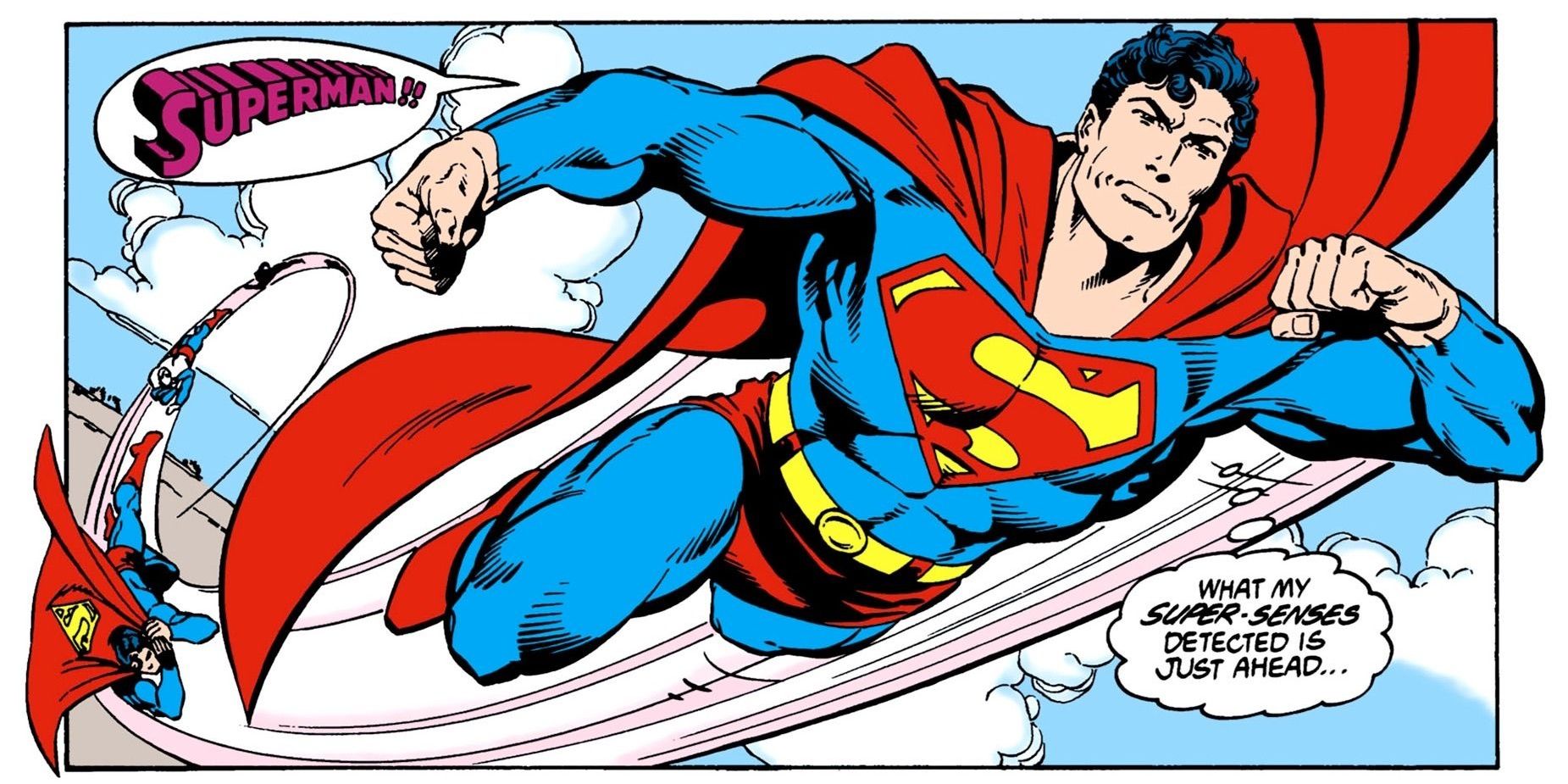
DC’s Trinity covers three different major aspects of their universe—Batman the street level, Wonder Woman the mystical, and Superman the sci-fi. Superman balances the cosmic and scientific fantasy very easily and conventions of the sci-fi genre define every corner of his universe. So much so that Grant Morrison has famously stated part of Superman’s appeal was that “Superman has the same problems we do, but on a Paul Bunyan scale.” It’s an interesting way of looking at the world’s most famous superhero while keeping him fairly tethered to reality.
Superman is a metaphor. For me, Superman has the same problems we do, but on a Paul Bunyan scale. If Superman walks the dog, he walks it around the asteroid belt because it can fly in space. When Superman’s relatives visit, they come from the 31st century and bring some hellish monster conqueror from the future. But it’s still a story about your relatives visiting.
However, John Byrne’s reboot of the character sought to remove these elements of Superman from the equation to ground him a little too close to reality. Some of it was choices that fell to Byrne, while some were editorial demands, but regardless, most of Superman’s world lost its luster. The Fortress of Solitude, Krypto, the city of Kandor, and even what readers knew of Krypton were removed. Many of the high-concept sci-fi ideas related to Superman’s villains were also simplified and toned down, and what was left was a world lacking a sense of imagination.
6
Lex Luthor Had No Personal Ties To Superman
The Post-Crisis Lex Luthor was more of an impersonal Kingpin figure
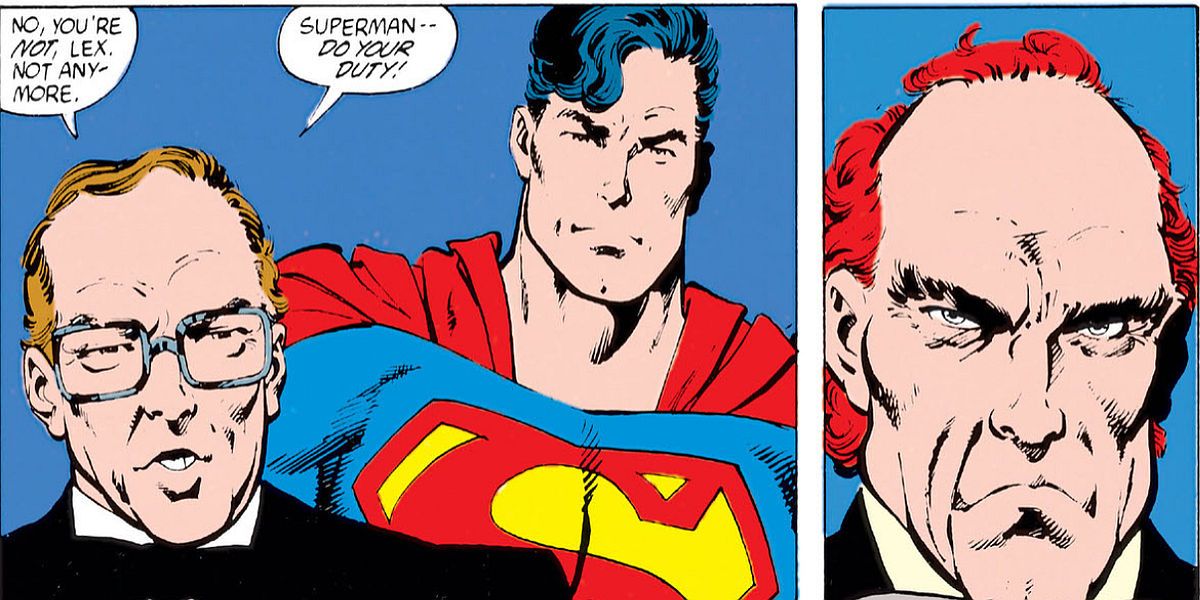
It is common knowledge that, in superhero comics, a lead can only be as good as his villains. When crafting his take on Lex Luthor, John Byrne seemed unaware of this fact. In hindsight, this take seems genius, turning Luthor into more of a business executive. This would be the blueprint for the character moving forward, made notable by adaptations like Superman: The Animated Series. It’s a take that especially works with Superman’s origins as a champion of the oppressed, a hero who often went out of his way to go after the elite to protect the common person.
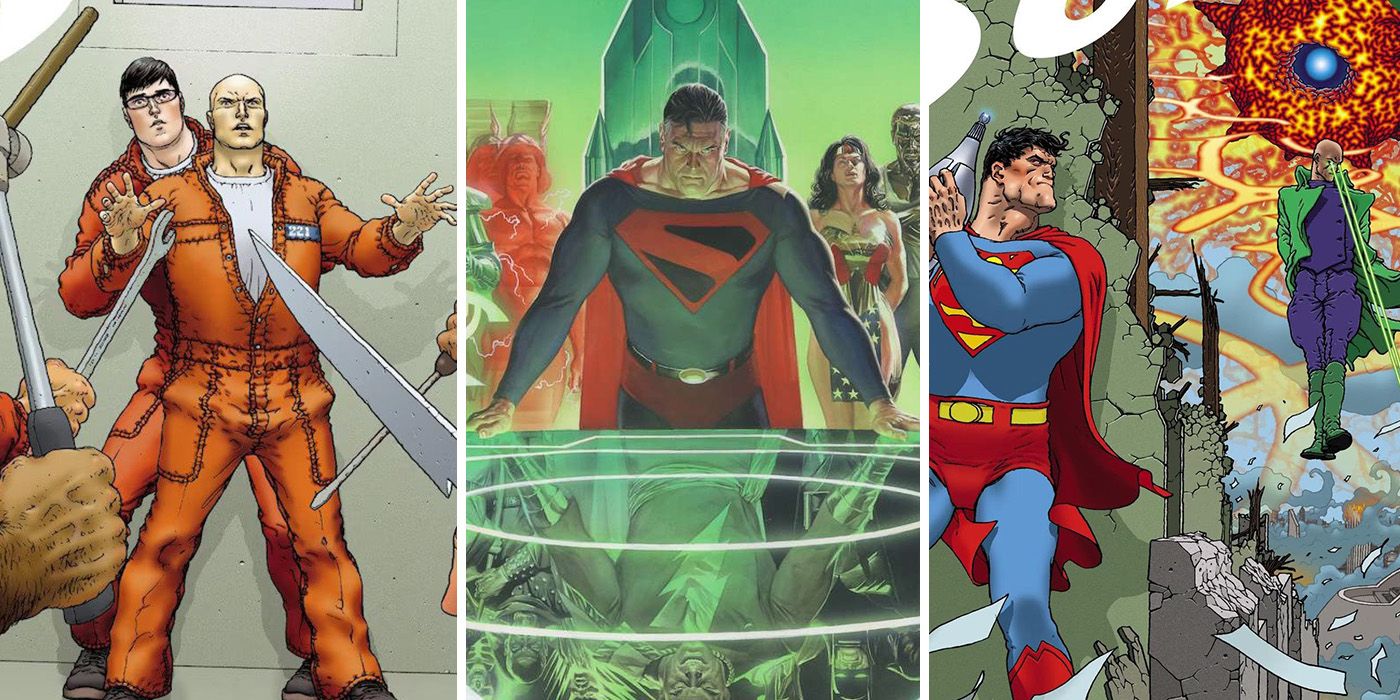
Related
10 Best Superman & Lex Luthor Comics
Superman and Lex Luthor share one of the greatest superhero/villain rivalries in DC Comics, resulting in some incredible comic book issues.
But Byrne went a bit far in reinventing Luthor for the modern day. With the removal of Superboy came the removal of any personal connections Clark Kent may have had to Lex Luthor, sanding down some of the teeth of their dynamic. He was simply a generic Kingpin-esque figure that stood similarly to similar archetypes in Metropolis like Bruno Mannheim or Morgan Edge. But at least Kingpin could claim some personal hatred for Daredevil, something the Post-Crisis Lex lacked—if anything, he had more of a personal rivalry with Perry White. It almost makes a reader wonder about an alternate universe where Kingpin despises Ben Urich more than Matt Murdock.
5
The Importance Of Superboy Was Ignored
The removal of Superboy led to an unpleasant ripple effect for Superman
The Silver Age at DC was a time where, for better or worse, writers experimented with more out-there concepts with their lead characters. A product of this time was making various superheroes come into their roles as a hero in childhood, with Batman and Wonder Woman being Robin and Wonder Girl, respectively. But before these concepts were Superman’s time as Superboy, something his original creators introduced to the character in 1945—a title that would later spin into its own series from 1949 to 1979.
Superboy was a series that followed Superman’s adventures as a boy in Smallville, playing Clark Kent as someone inclined to do heroics long before he was a man. He’d save the day and go on adventures with the Legion of Superheroes, which paved the way for the feats he’d accomplish as Superman in adulthood. It also operated as a key coming-of-age component of Superman’s story. But Byrne’s erasure of the Superboy idea scrapped these critical elements of the Superman character. Instead, it folded them into Clark Kent’s life as an adult by keeping the Kents alive. Smallville is a constant presence in his life, most notably with these elements once associated with Superboy following Superman into adulthood, making him seem more ineffective and unsure of himself than ever before.
4
The Romance Of Superman Fell To The Wayside
Despite her popularity as a character, Lois Lane was strangely put on the backburner
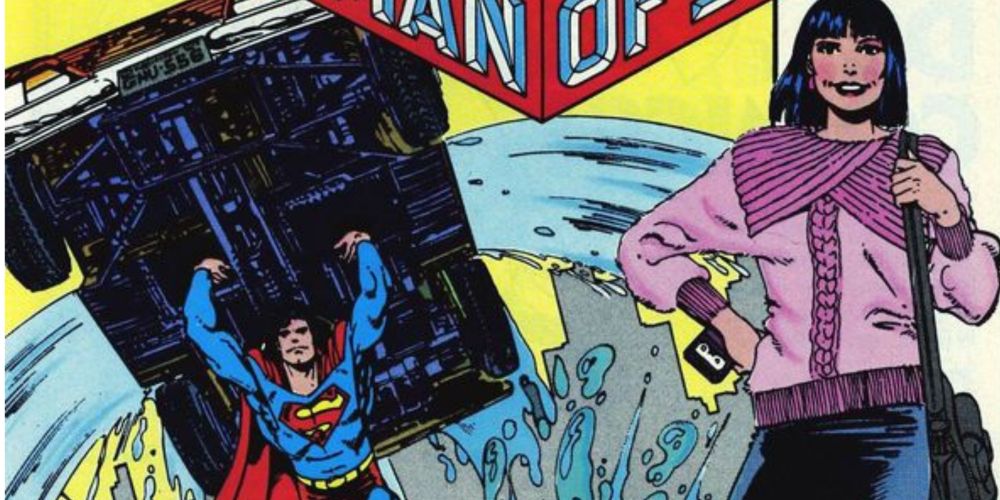
The romance between Lois Lane and Superman has to be the most iconic relationship in superhero comics, bar none. The seeds were sown in the first appearance of both characters in 1938, and the tension has persisted for years. It would seem unthinkable to try to pivot away from the dynamic—of course, new relationships can always be introduced, but Lois and Clark are the objective endgame of the Superman story’s romances. It’s even been said that the core of Superman is a love story, which certainly isn’t too far from the truth.
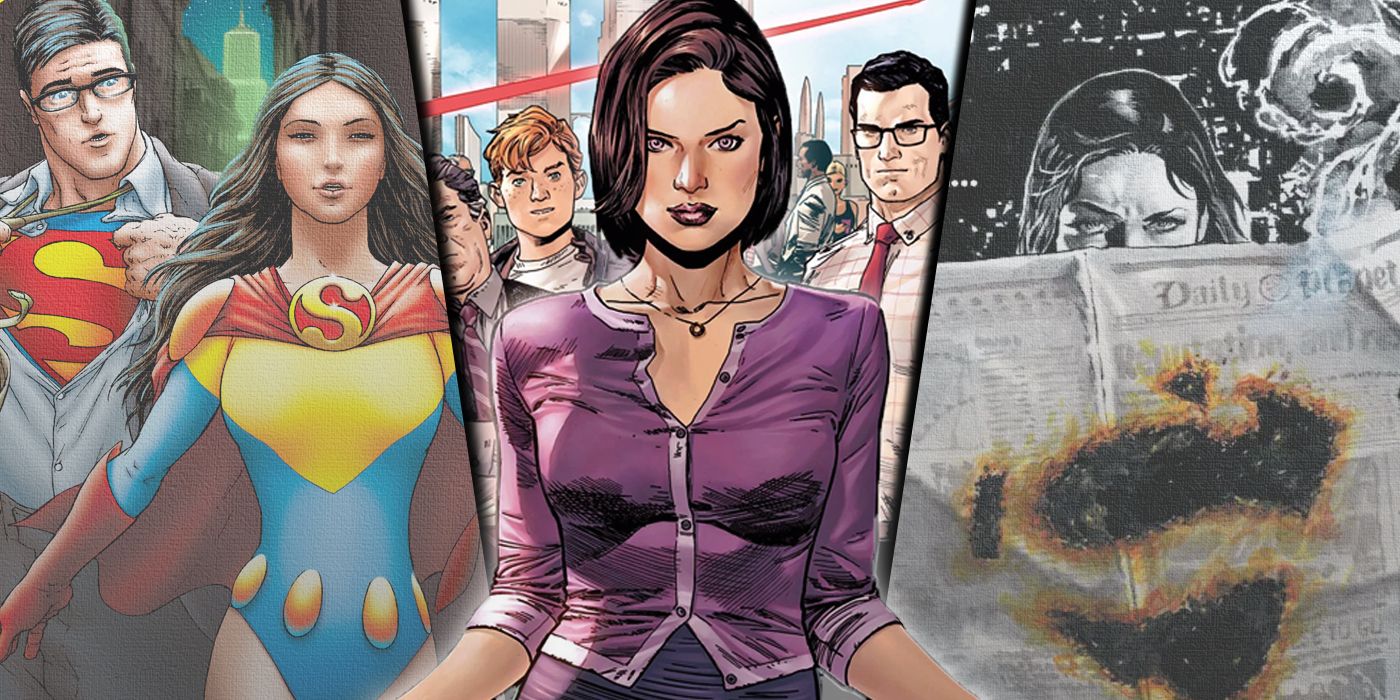
Related
10 DC Comics That Show Lois Lane Is Superman’s Greatest Ally
While the Man of Steel has fought alongside some of DC’s most powerful heroes, Superman’s greatest ally is and always will be his wife, Lois Lane.
But in the age of Post-Crisis, things were set to change with the Lois/Superman romance. More specifically? Its absence. Here, the relationship became a bit of a rivalry, with Lois hating Clark for stealing a scoop from her. Instead, Byrne strangely focused on bringing back Lana Lang and eventually Wonder Woman, paving the way for the controversial relationship in later reboots like the New 52. There may have been an homage to Superman: The Movie’s famous interview scene under Byrne, but it wasn’t a direction he was interested in pursuing. To add insult to injury, he even added a former romance between Lois and Lex Luthor, something that would sneak its way into adaptations. It’s not wrong to experiment, but Byrne’s disinterest in a core component of the Superman mythos spoke volumes about his lack of compatibility with the character.
3
Krypton Was A Non-Entity
Despite its importance to the world of Superman, the hero’s relationship with his homeworld was badly handled
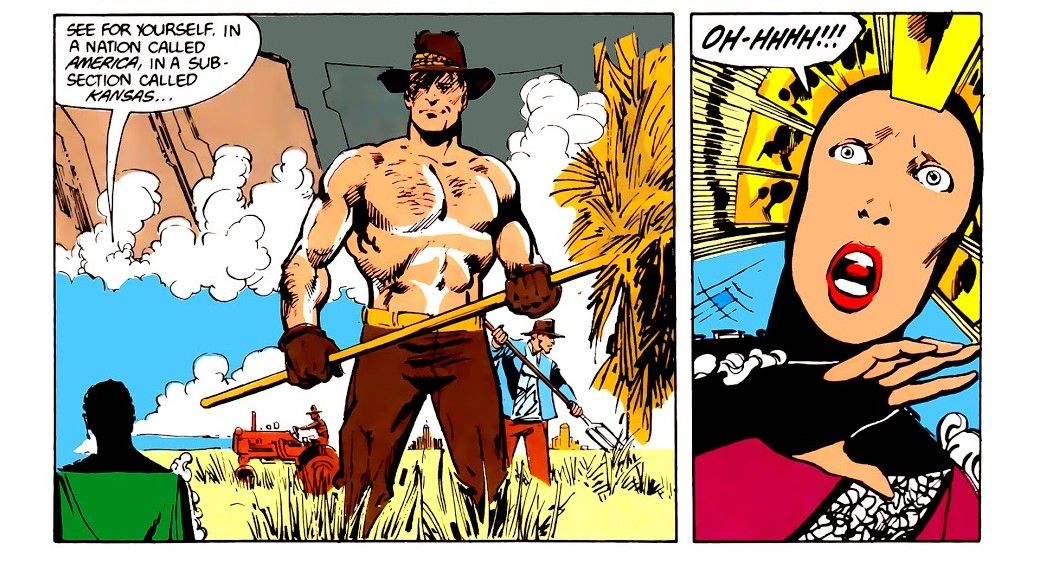
Doomed planet. Desperate scientists. Last Hope. Kindly couple. Eight words that became synonymous with the myth of Superman in All-Star Superman and eight words that perfectly sum up the character’s sorrows. The destruction of Krypton is a tragedy that has echoed through the life of Clark Kent from day one and stings even more because of the few relics left behind. Supergirl, Zod, the small city of Kandor, and many more figures exist as cultural ties to a dead world that Superman can still embrace. However, as per the editorial demand in the Post-Crisis era, Superman was to be the only living remnant of Krypton, as Supergirl was retooled to have no connection to the planet, but this connection was also utilized incredibly poorly.
Being an immigrant myself, I have something of an insight, I think, into the way Clark’s mind works. I was born in England, and I am proud of my English heritage (I was also quite a lot older than Kal-El when I left “home”, so my connections would be stronger) but I grew up in Canada and I have lived for the last 25 years in the US, and I don’t ever — ever — feel like a “displaced Englishman”. Clark would be proud, too, of his Kryptonian heritage, but later portrayals of him have tried to shoehorn in too much of the pychobabble of adopted children longing for and seeking out their biological parents. Excuse my French, but to me, they fall under the heading of “ungrateful little sh*ts”.
John Byrne wrote it so that Superman could be placed into a gestation chamber in Krypton, only to be properly born on Earth as an American. It is a baffling choice when one considers that Superman’s story rings true with the stories of many immigrants in the real world and was likely created as an allegory by two children of Jewish immigrants in the 1930s. Here, Superman has no internal conflict about what world he belongs to, and he is completely assured of his identity. Byrne discussed this on his site in 2005, stating that “later portrayals of him have tried to shoehorn in too much of the psychobabble of adopted children longing for and seeking out their biological parents” and that people who thought like this were “ungrateful little sh*ts.”
2
Superman No Longer Had His Relatable Tragedies
Superman’s sorrows were nowhere near as profound as they once were
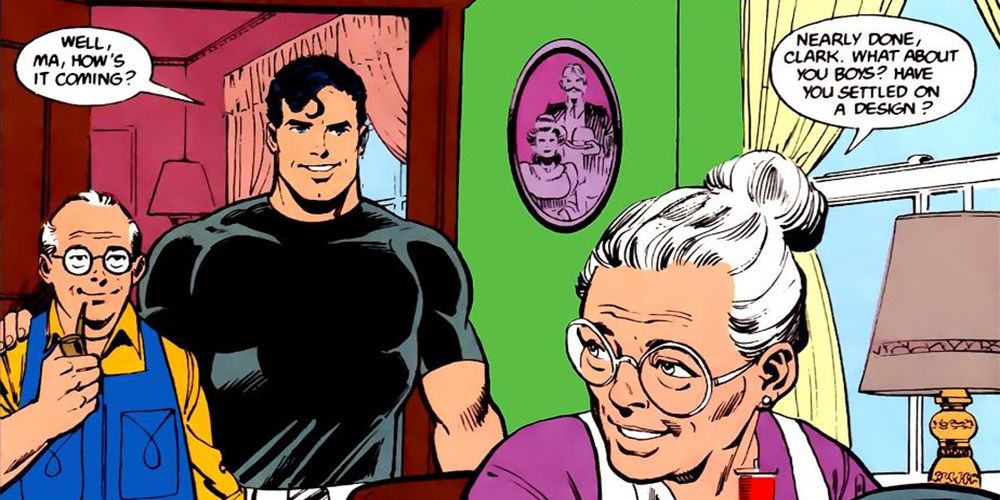
Many consider Batman one of the DCU’s most tragic figures, and the superhero’s aesthetics lend to that idea. But Superman carries his own sorrows. Going back to the idea proposed by Morrison—that Superman deals with struggles very similar to anyone else’s, just on a larger scale—it makes sense to assume Superman has problems similar to anyone else. The Legion of Superheroes were his old friends that he lost contact with, his adoptive parents died, he had to leave home behind, the inability to live up to the impossibly high standards he set upon himself, and of course, losing the culture and home you were born to.
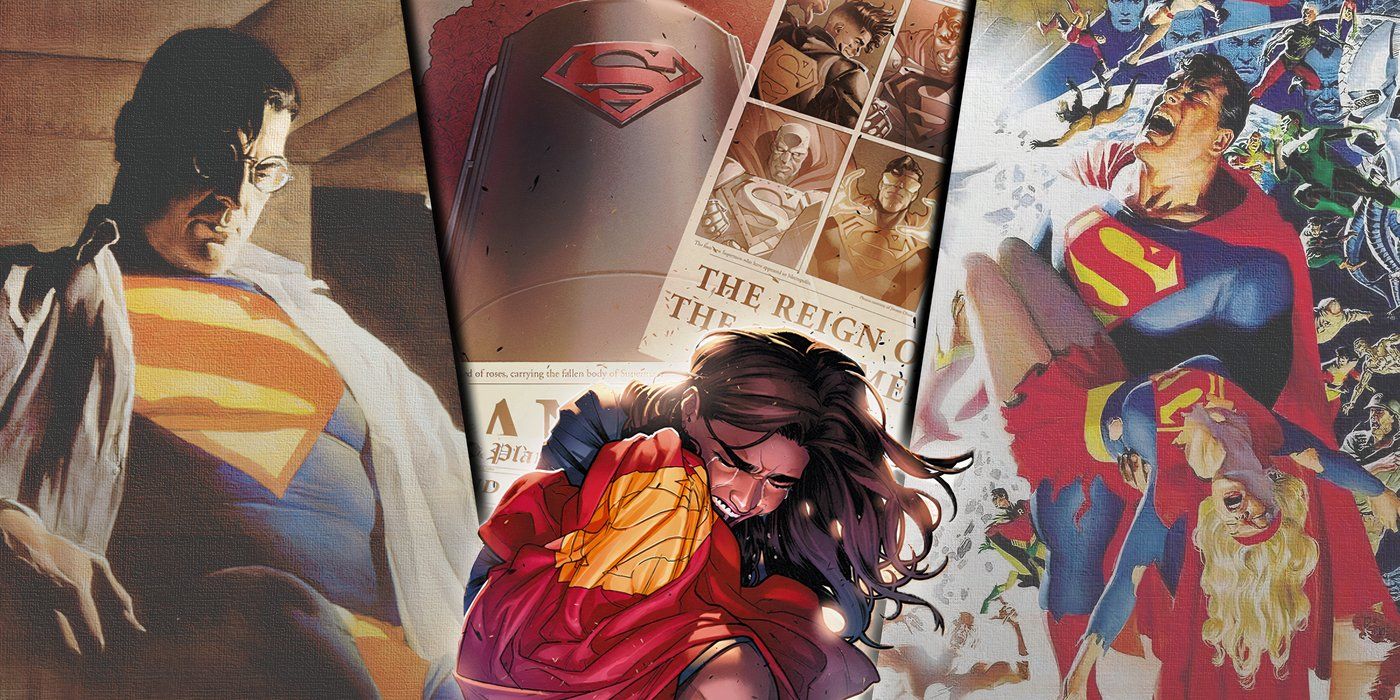
Related
10 Most Depressing Superman Storylines
Superman might usually be a cheery character, but the Man of Steel has had his fair share of dark and gritty comic book storylines over the years.
However, the Post-Crisis era removed many of these tragedies. The Legion’s connection to Clark was out of the question; the Kents were still alive, Smallville was a place he frequented well into adulthood, and Superman seemed to go through life with little insecurity or connection to his culture. There’s an irony to all this when one looks back on Pre-Crisis stories like “For the Man Who Had Everything,” tales dedicated to unpacking the fact that, despite Superman’s exterior as someone blessed with it all, he was still a lonely man who was missing something very important in life—the Byrne era forgot this nuance of the character entirely.
1
Superman Himself Was Dull
The Byrne era of Superman was unsalvageable with an uninteresting lead
Many aspects of Post-Crisis Superman were lacking. But the most notable of all was the characterization of the leading man. Many could forgive the lacking aspects of Post-Crisis Superman if the titular character were competently written, but this was not the case. He lacked tragedy and a connection to his homeland, so there was no real identity crisis for the Man of Steel. He was confident in himself off the cuff, making for an uninteresting protagonist with little internal conflict.
This era of Superman also added to the misconception of him as a jingoistic figure. While Superman’s history with being an American icon is complicated, Byrne flattened all of that into making him a borderline super-cop, someone who respected the letter of the law and, in all honesty, came off as an uncomplicated square. The Champion of the Oppressed, who had a mischievous, hotheaded streak as wide as his compassion, was gone under Byrne’s pen, and it would take many years to return to form.
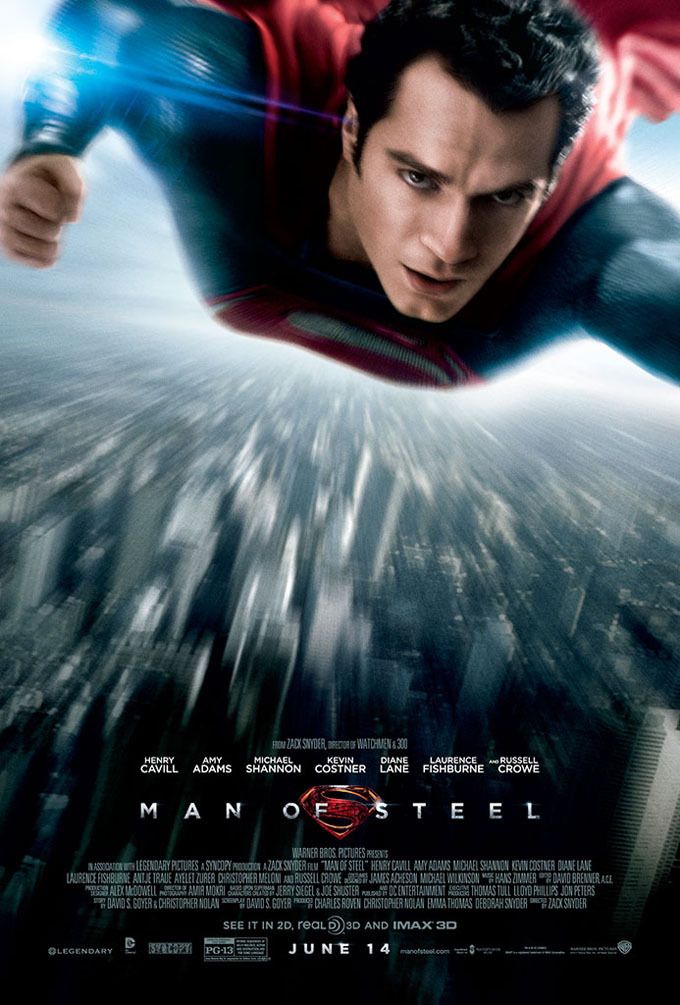
Superman
- Created by
-
Jerry Siegel, Joe Shuster
- First TV Show
-
Superman


